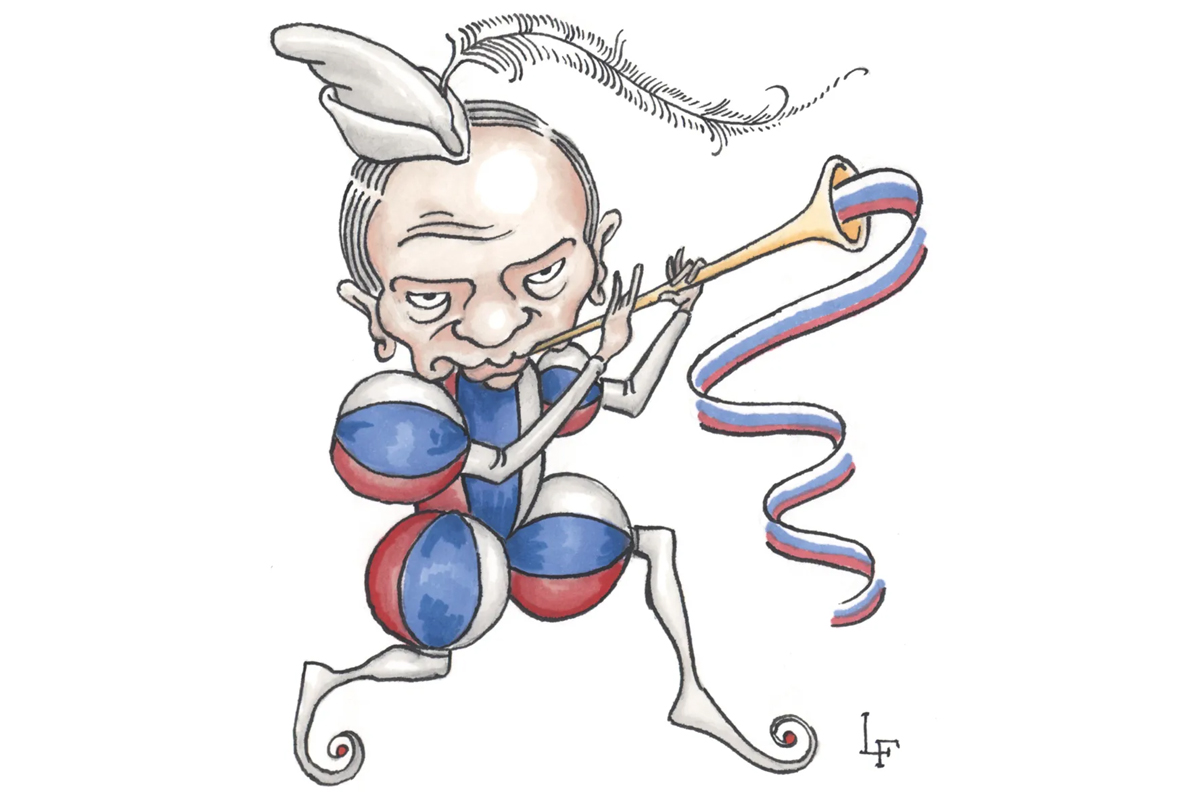Modern American conservatism is composed of three distinct traditions: libertarian economics, foreign-policy hawkism and social traditionalism. This “fusion” was born of a contingent historical moment, the Cold War, when the Soviet threat forced different social classes and their ideological spokesmen to band together in common cause. There was no eternal principle demanding that these groups tie their destinies together — a fact that became apparent with Donald Trump’s rise, which divided the three camps along various axes of alliance and enmity.
Fusionism is dead. Well and truly dead. While folk-libertarianism remains strong among the GOP base, the pro-corporate variety on offer from the Washington think tanks has little purchase with people who oppose open borders and often find themselves on the sharp end of Big Tech censorship. The libertarians are often at odds with the big-government-loving hawks, who in turn are usually indifferent, at best, to the concerns of the social conservatives. An emerging fourth camp of unchurched populists doesn’t neatly agree with any of the traditional three.
But I would go even further. Having spent more than a decade toiling in conservative journalism, a period during which my own affections shifted from Wall Street Journal-style secular neoconservatism to religious conservatism, I’ve come to conclude that each of the strands, in itself, is deeply flawed. What they share is a kind of idealism — expressed, above all, in a commitment to “liberty” — that in practice legitimates various forms of private tyranny and undermines the very goods they claim to cherish.
This is most apparent in the case of pro-corporate libertarianism, which overlooks vast power differentials in our actually existing political economy to pretend that it is right and just when firms utterly subjugate their workers and consumers, because, hey, you can always get another job in a free labor market or build your own bank/credit-card company/social-media giant. The liberty of the libertarian is the bondage of the worker-consumer.
Of the hawks, not much need be said: In the name of “democracy,” they plunged vast swaths of already-sensitive regions like the Mideast and North Africa into civil war and stateless terror. All along, America’s domestic infrastructure and human capacity crumbled; social divisions widened. Finally, the social conservatives preached church, family and community, but without recognizing that these things require a substrate of material support to thrive.
All three groups feign that our profoundly unequal social and political arrangements are the “natural” state of society, not the result of a thousand laws and state-backed arrangements. All three prioritize airy abstractions over material reality to a frightening degree. All three have wrought generational failure. Insofar as conservatism implies conserving the current trajectory of things, it must be discarded in favor of some other mode of politics, some new formation as yet without name.
Sohrab Ahmari is a contributing editor of the American Conservative and a visiting fellow at Franciscan University’s Veritas Center for Ethics in Public Life. He is writing a book about privatized tyranny in the United States. This article is one excerpt from “Fight for the right,” a symposium on the future of American conservatism. Read the full series here.

























